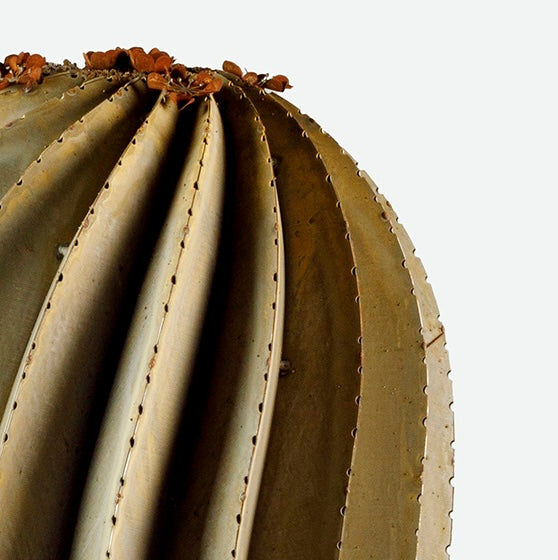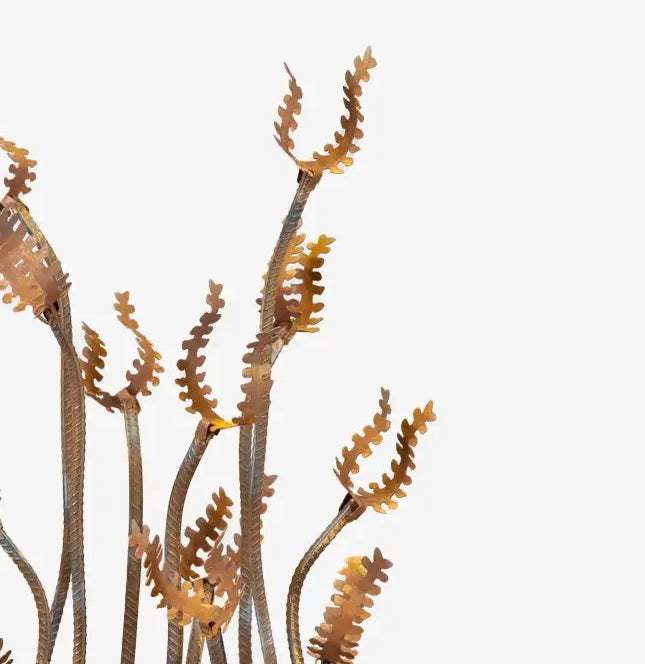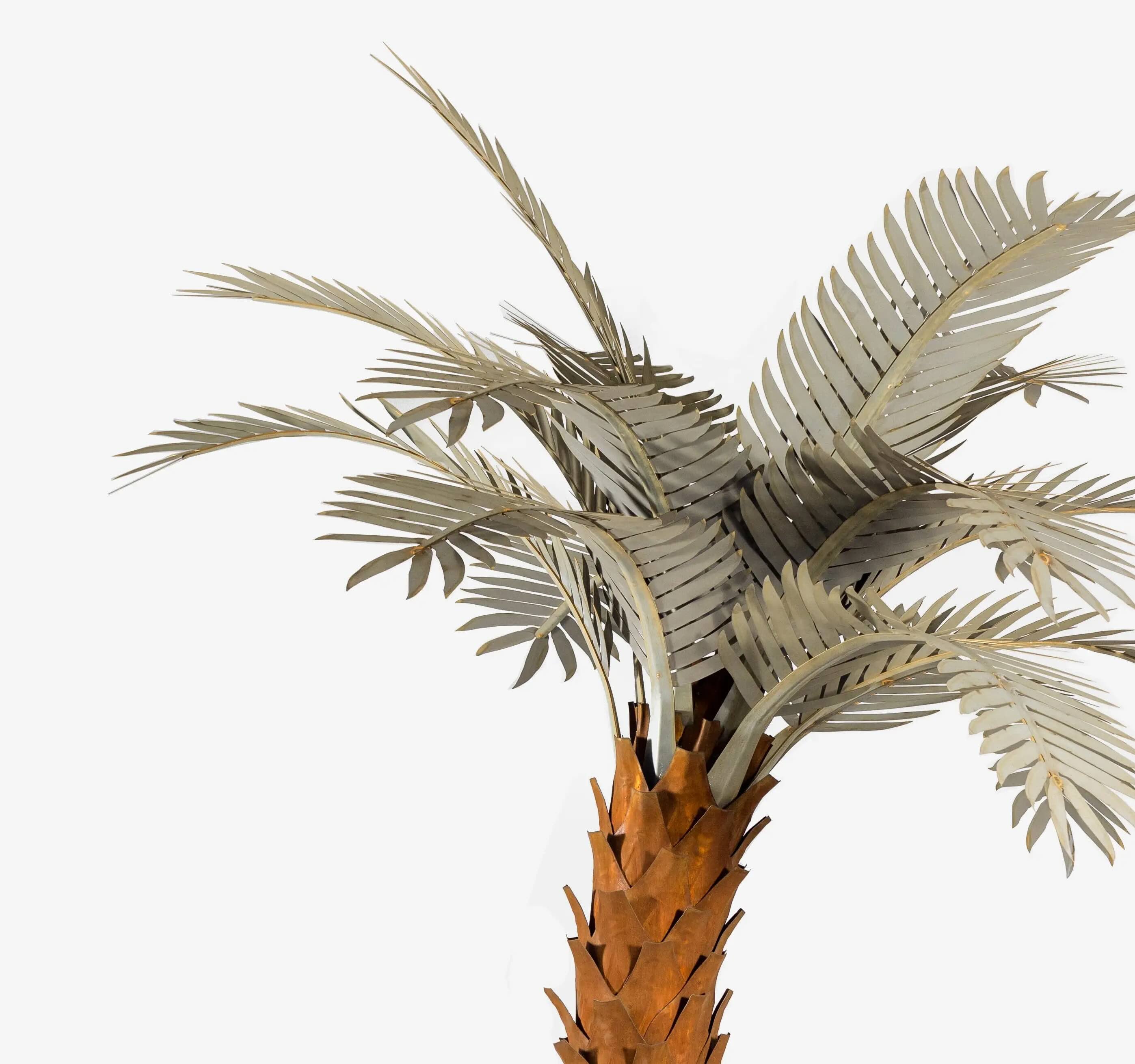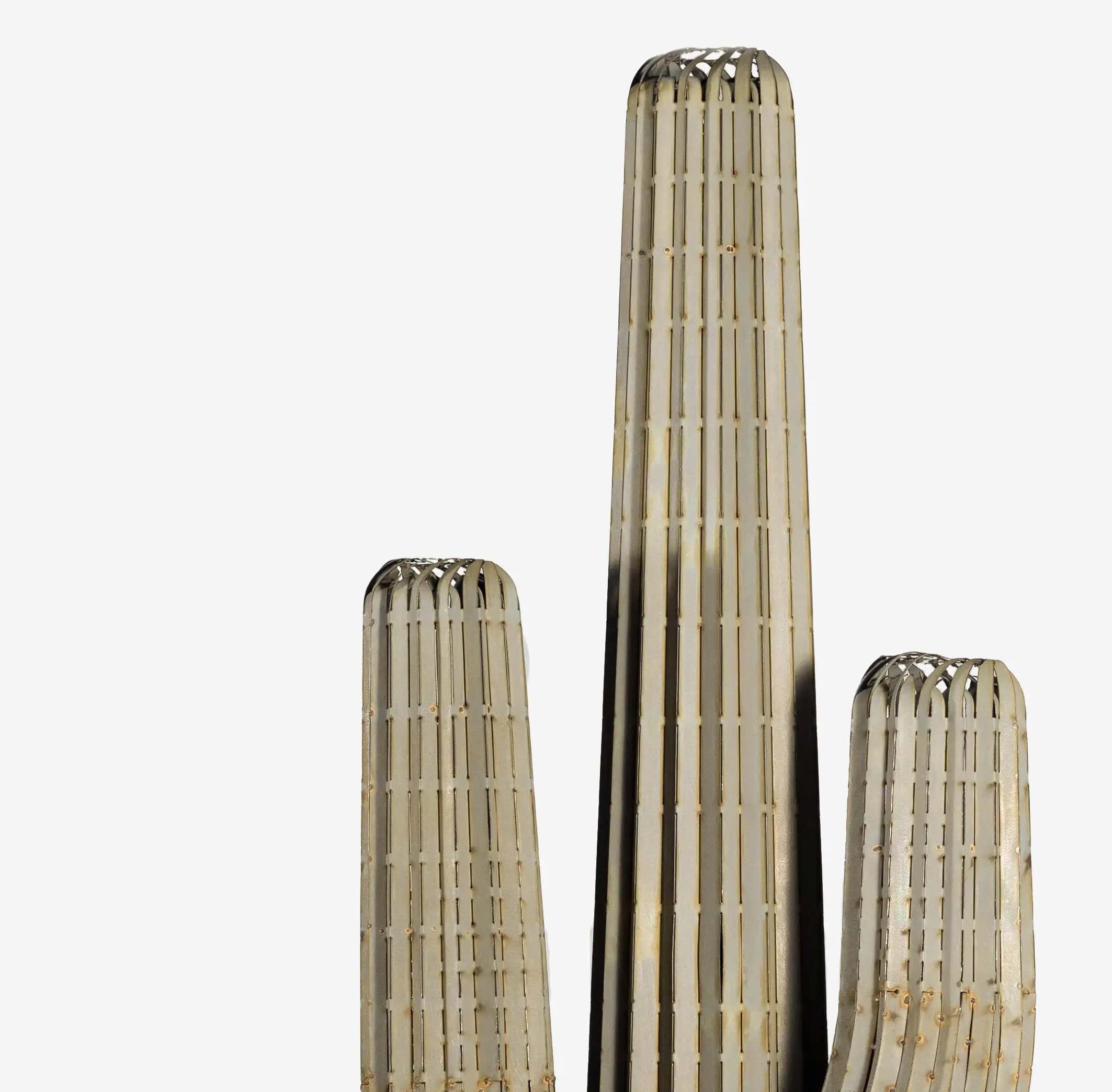Where Do Joshua Trees Grow?

Joshua trees are an iconic symbol of the American desert landscape, known for their unique appearance and resilience in harsh environments. These distinctive trees are an integral part of the Mojave Desert ecosystem, and their range is limited to specific areas in the southwestern United States. In this guide, we’ll explore where Joshua trees grow and the unique environments they thrive in.
1. Mojave Desert
The Heart of Joshua Tree Habitat
The Mojave Desert is the primary habitat for Joshua trees, providing the specific conditions they need to thrive. This desert covers parts of California, Nevada, Utah, and Arizona and is characterized by its arid climate, high temperatures, and unique flora and fauna.
- Joshua Tree National Park (California): This national park is one of the most well-known locations for seeing Joshua trees. It spans parts of both the Mojave and Colorado Deserts, offering stunning landscapes filled with these iconic trees.
- Mojave National Preserve (California): Located in southeastern California, this preserve protects a large area of the Mojave Desert, where Joshua trees are abundant.
- Red Rock Canyon National Conservation Area (Nevada): Situated just outside of Las Vegas, this area is home to a significant population of Joshua trees amidst its dramatic red rock formations.
2. California
A Joshua Tree Stronghold
California is home to the largest concentration of Joshua trees, with several key locations outside of the Mojave Desert offering opportunities to see these unique trees:
- Antelope Valley (California): Located in northern Los Angeles County, the Antelope Valley is known for its high desert landscape and significant Joshua tree population.
- Lucerne Valley (California): This valley in the southern Mojave Desert region is another important habitat for Joshua trees, featuring vast stretches of these trees across the landscape.
- Cima Dome (California): Part of the Mojave National Preserve, this area is notable for its dense Joshua tree forest, one of the largest in the world.
3. Nevada
Expanding into Neighboring States
In Nevada, Joshua trees are primarily found in the southern part of the state, where the Mojave Desert extends:
- Spring Mountains National Recreation Area (Nevada): Located near Las Vegas, this area offers a cooler climate and diverse landscapes, with Joshua trees present in some regions.
- Pahrump Valley (Nevada): Situated along the California-Nevada border, this valley features Joshua trees as part of its desert ecosystem.
4. Utah
Reaching the Northern Limits
Utah marks the northern extent of the Joshua tree’s natural range, where they are found in smaller numbers:
- Beaver Dam Wash National Conservation Area (Utah): This area in southwestern Utah is home to some of the northernmost populations of Joshua trees, showcasing their adaptability to different desert environments.
- Joshua Tree Road Scenic Backway (Utah): This scenic route offers a glimpse of Utah's Joshua trees, located in the southwestern corner of the state.
5. Arizona
Thriving in the High Desert
In Arizona, Joshua trees are primarily found in the northwestern part of the state, where the Mojave Desert extends:
- Hualapai Mountains (Arizona): This mountain range near Kingman, Arizona, provides a unique environment where Joshua trees can be found at higher elevations.
- Arizona Strip (Arizona): This remote region in northern Arizona is part of the Joshua tree’s natural range, featuring these trees amidst its rugged desert terrain.
Joshua trees are remarkable for their ability to thrive in the harsh conditions of the American desert. Their limited range in the Mojave Desert and surrounding areas makes them a unique and treasured part of the southwestern landscape. Whether you’re exploring the vast expanses of Joshua Tree National Park or discovering hidden groves in the desert, these iconic trees offer a glimpse into the beauty and resilience of the natural world.
Are there Joshua Trees In Texas?
Yes, Joshua Trees can grow in Texas but they are native to the southwestern United States. Although they can naturally grow in some Texas cities, such as Amarillo and Dallas. Joshua Trees survive in Texas by storing water, adapting to low rainfall, and growing in well-drained soil.
However if you’re looking for Joshua Trees specifically, it is recommended that you visit their native range in the southwestern U.S. as Texas does have similar yucca species, such as Yucca torreyi (Torrey's yucca) and Yucca rupicola (Twistleaf yucca), which resemble Joshua trees to some extent.
Can Joshua Trees Grow Anywhere?
No, Joshua Trees are native to the Mojave Desert of the Southwestern United States, including Arizona, California, Nevada, and Utah, as well as northwestern Mexico. The Mojave Desert is the primary habitat for Joshua trees, providing the specific conditions they need to thrive. They naturally grow best in arid desert climates with high temperatures and low annual rainfall. Joshua trees have shallow roots that spread out underground to absorb water after rains and snows. They also need full sun exposure to thrive, and prefer well-drained, rocky, or sandy soils that prevent waterlogging.
Discover Our Metal Yard Art & Landscaping Solutions
If you’re looking to upgrade your landscaping, we have the perfect collection of metal yard art for your space. From large garden sculptures to smaller pieces, such as metal succulents, barrel cacti, palm trees and more. These make a beautiful feature to your front yard and require ZERO watering or maintenance. Contact us today and we can help advise you on the best solutions for your yard. We also offer a FREE design service for your landscaping needs, so let us know if this is something you’d be interested in.
 Agaves
Agaves
 Barrel Cacti
Barrel Cacti
 Joshua Trees
Joshua Trees
 Mexican Fence Post
Mexican Fence Post
 Ocotillo
Ocotillo
 Palm Trees
Palm Trees
 Prickly Pears
Prickly Pears
 Saguaros
Saguaros
 Succulents
Succulents